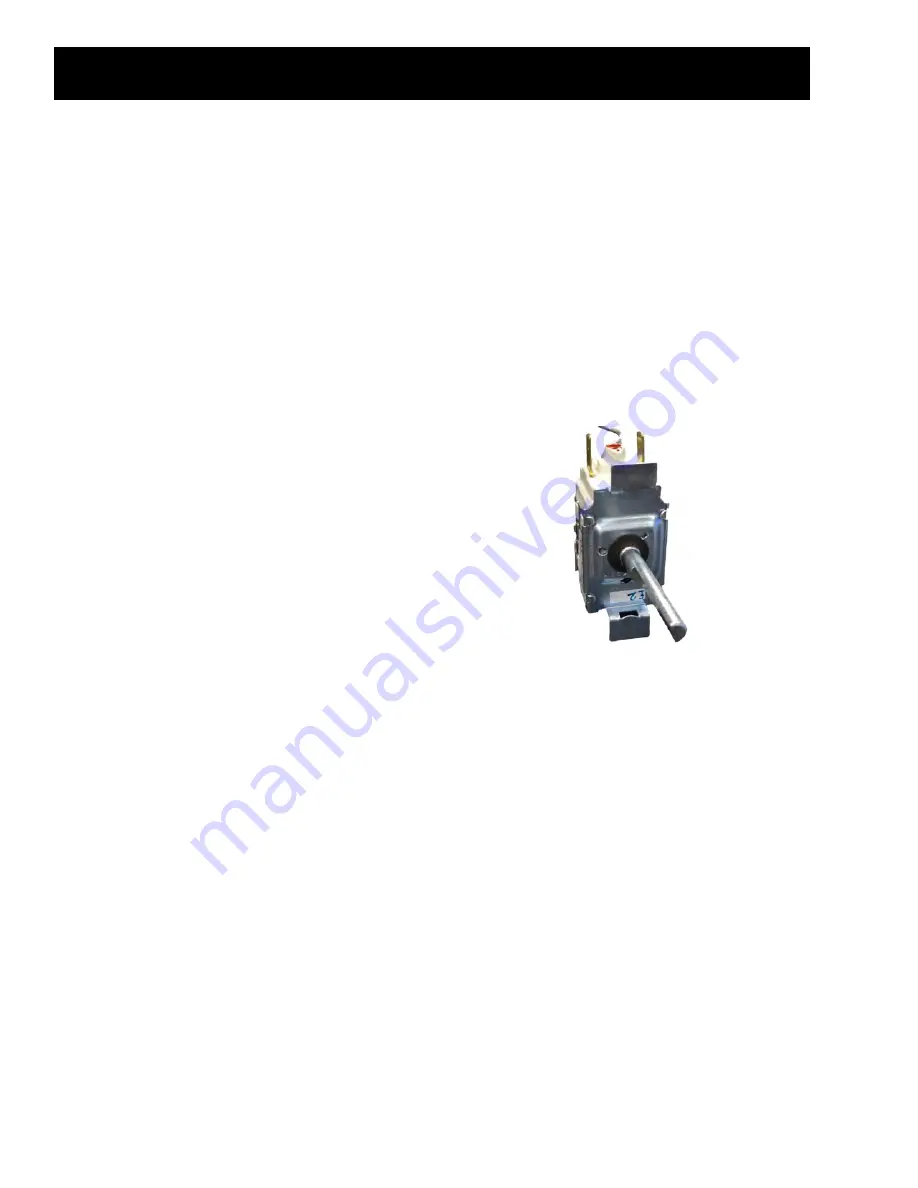
– 22 –
(
Continued next page
)
Cold Control
A Cold Control is used to regulate the operation of the compressor and thus maintain desired food
temperatures. The Cold Control consists primarily of a capillary tube and bellows assembly, a set of normally
closed contacts, and a mechanical linkage.
The Cold Control is adjustable by means of a shaft, which rotates a cam to apply bias pressure against the
bellows. With a knob on the shaft, the user can adjust the temperature setting as desired. Numbers on the
knob indicate relative control settings that vary the temperature.
Pressure within the gas-charged capillary tube and bellows assembly respond to temperature sensed at the
coldest point along the length of the capillary tube. Rising temperature causes the pressure to increase and
expand the accordion-type bellows. The expanded bellows actuates the linkage, which allows the contacts
to close. When the temperature drops, the bellows contract due to a decrease in pressure and the snap-
action of the linkage opens the contacts. When the control shaft is rotated to the “off” setting, the cam
manually presses the linkage against the contacts and holds them open.
The temperature control is connected electrically
in series with the compressor. While the control
contacts remain closed, the compressor is
energized until the pre-selected temperature is
reached. The control contacts then open the circuit
to the compressor. The compressor will remain off
until the temperature increases sufficiently to cause
the control contacts to close.
The difference between the off and on temperatures is called the temperature differential. On most controls,
the differential is fixed and, remains constant at all settings. For example, where the temperature limits of
a control at the warm setting are: 30ºF - 21ºF; at mid: 20ºF - 11ºF, and at cold: 10ºF - 1ºF, the control has a
constant 9ºF differential.
















































